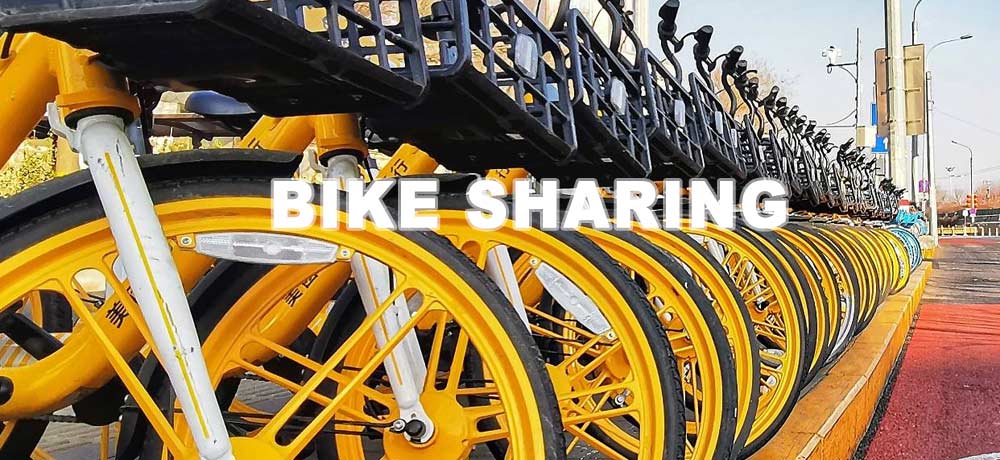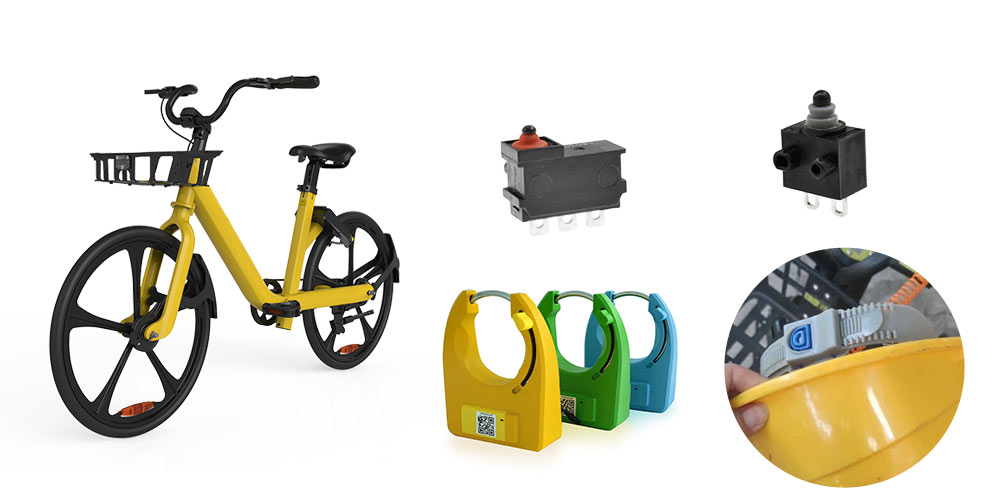Bicycle sharing is a service that provides short-term access to bicycles for shared use in urban areas. Typically, a bicycle-sharing system consists of a fleet of bicycles that are made available to the public on a short-term basis, usually for a fee.
It can be either docked or dockless. In a docked system, bicycles are picked up and returned to designated docking stations. In a dockless system, bicycles can be picked up and returned anywhere within a designated service area.
The bike sharing has become increasingly popular in many cities around the world as a sustainable and convenient mode of transportation. It can help reduce traffic congestion, air pollution, and carbon emissions while promoting healthy and active lifestyles.
It may be run by private companies, non-profit organizations, or public agencies. They typically rely on technology such as GPS tracking and mobile apps to manage the fleet and enable users to locate and rent bicycles.
The micro switch will be used in the intelligent lock and helmet lock.

How to use bicycle sharing?
To use a bicycle-sharing system, users typically need to sign up and create an account with the service provider, either through a website or a mobile app. Once registered, they can locate and rent bicycles using a smartphone app or a membership card. In some systems, users can pay for rides on a per-minute or per-hour basis, while others offer daily, weekly, or monthly passes.
Bicycle-sharing systems can benefit both residents and tourists by providing a convenient and affordable transportation option. They can also be integrated with other modes of transportation, such as public transit, to provide a seamless and sustainable transportation network.
However, bicycle-sharing systems can also face challenges, such as vandalism, theft, and maintenance issues. It’s important for service providers to ensure the safety and reliability of their fleet, as well as to provide adequate customer support and education to users.
Overall, bicycle sharing can be a valuable component of a sustainable transportation system, helping to reduce congestion, promote active transportation, and improve the quality of life in urban areas.
What kinds of microswitch need for bicycle sharing
The types of microswitches needed for bicycle sharing systems can vary depending on the specific requirements of the system and the locking mechanism used to secure the bikes in the dock.
Some common types of microswitches used in bicycle sharing systems include:

The microswitch function
The waterproof and dustproof function is an important consideration when selecting a micro switch for bike sharing systems. Since the bikes and docking stations are often exposed to the elements, it’s crucial to choose a micro switch that is designed to withstand exposure to water, dust, and other environmental factors.
Some micro switches are specifically designed to be waterproof and dustproof, with features such as sealed housings, gaskets, and o-rings to prevent water and dust from entering the switch. These switches are often rated with an IP (Ingress Protection) code, which indicates the level of protection they provide against water and dust.
For bike sharing systems, it’s important to choose a micro switch with a high IP rating to ensure reliable performance in outdoor environments. A typical IP rating for a waterproof and dustproof micro switch used in bike sharing systems might be IP67 or higher, indicating that the switch is fully protected against dust and can withstand immersion in water for short periods.
In addition to the waterproof and dustproof function, other important factors to consider when selecting a micro switch for bike sharing systems include the switch’s electrical rating, mechanical durability, and compatibility with the system’s electronics and software.
Overall, choosing the right micro switch is a critical aspect of designing a reliable and efficient bike sharing system that can withstand the rigors of frequent use in outdoor environments.
The microswitch circuits& rating
The circuit must meet the requirement of the bike sharing. For example, the locking mechanism need a SPST NO circuit switch you can not provide a SPST NC type for it. Meanwhile, the switch rating also need to be compatible with the application. Which will ensure the switch can work in a right way.
The microswitch size
This type of microswitch in the bike sharing is designed to be small and compact, making it ideal for applications where space is limited. It typically has a small actuator button and is commonly used in bike sharing systems where the microswitch needs to be mounted in a small space.
All in all, the specific type of microswitch needed for a bicycle sharing system will depend on factors such as the locking mechanism used, the size and shape of the dock, and the specific requirements of the system. It’s important to choose a high-quality, reliable microswitch that is designed to withstand the rigors of frequent use and mechanical stress.
Welcome to click to link to see the microswitch for bicycle sharing or visit our Alibaba shop to get a sample.
